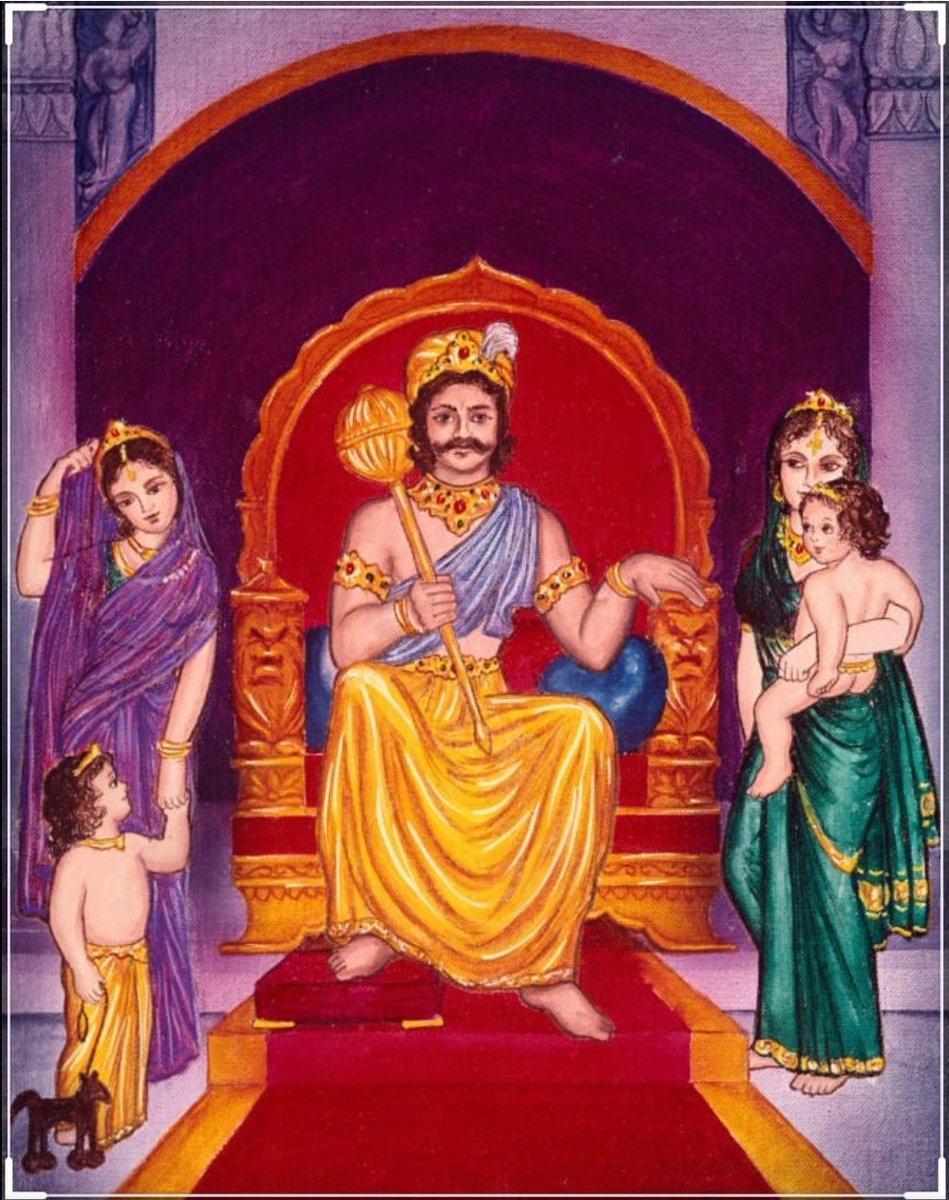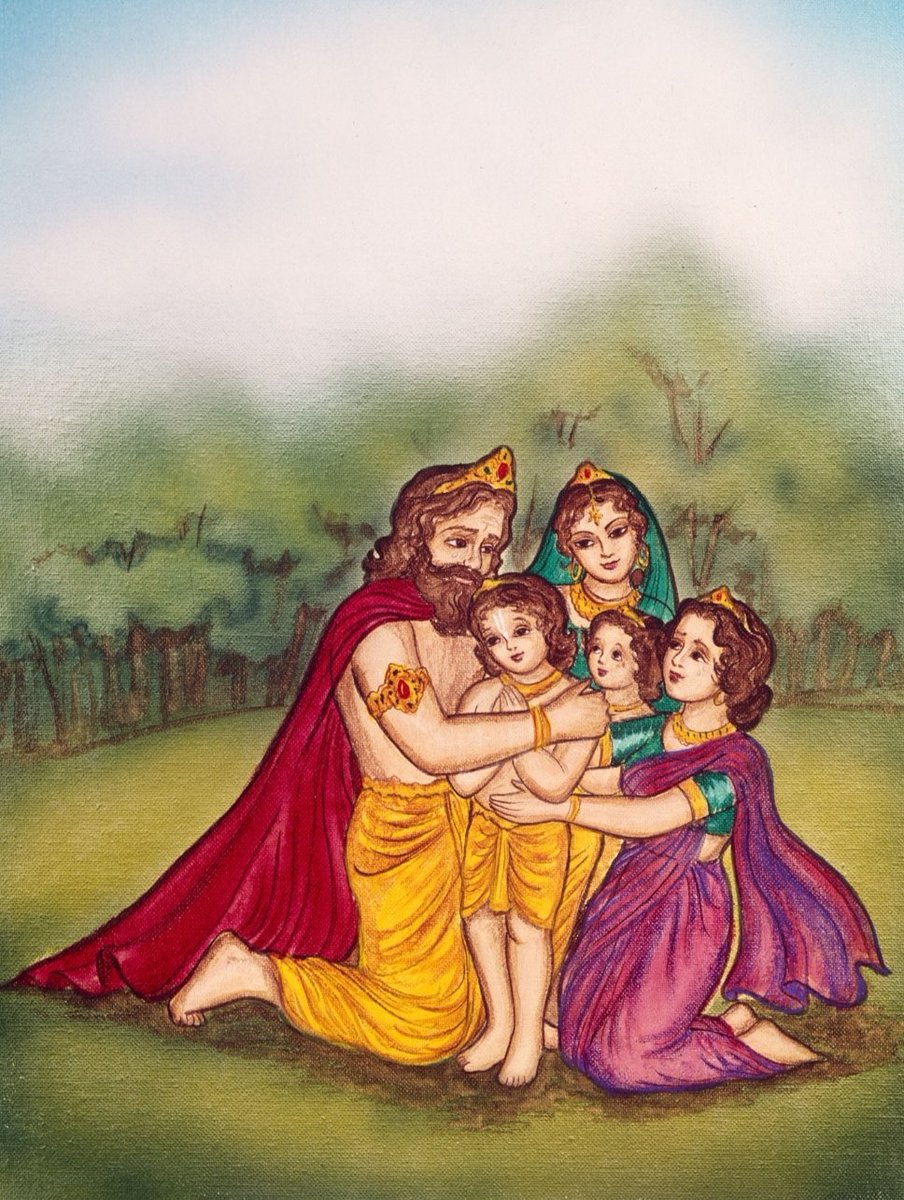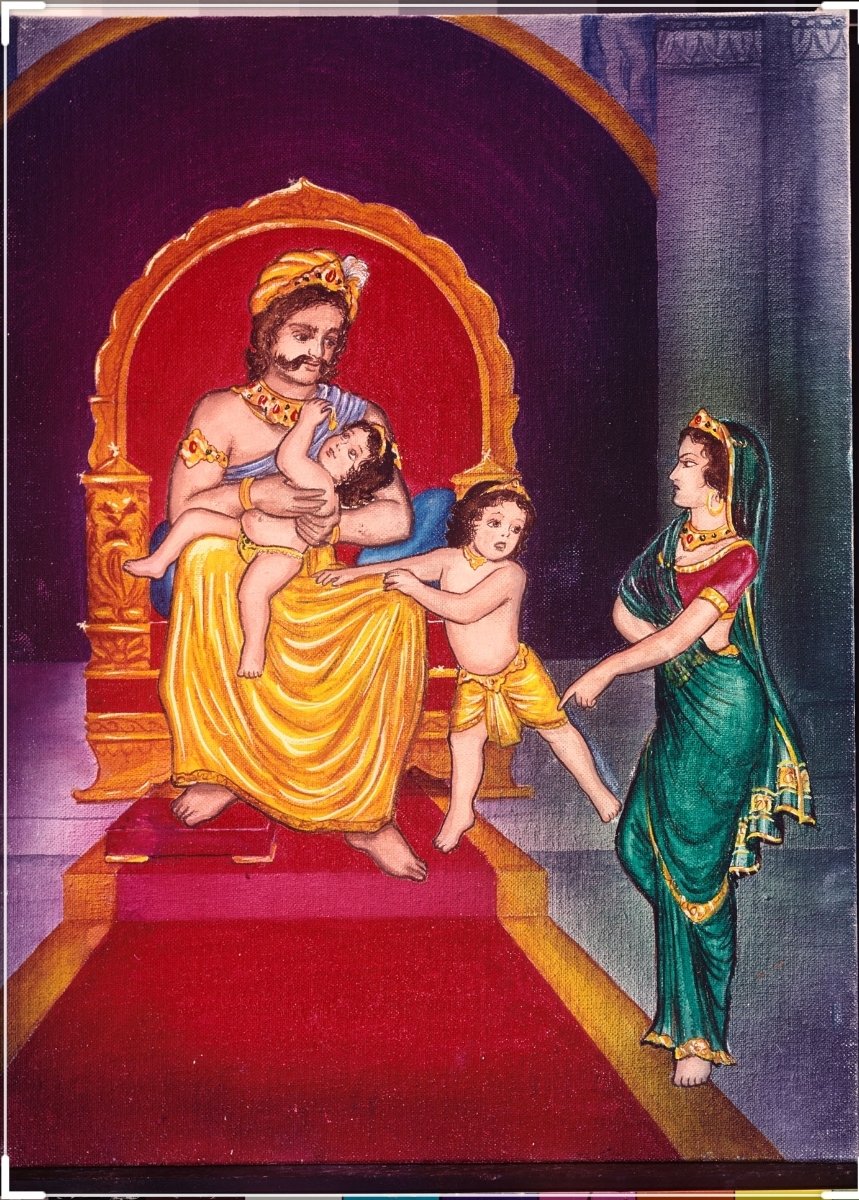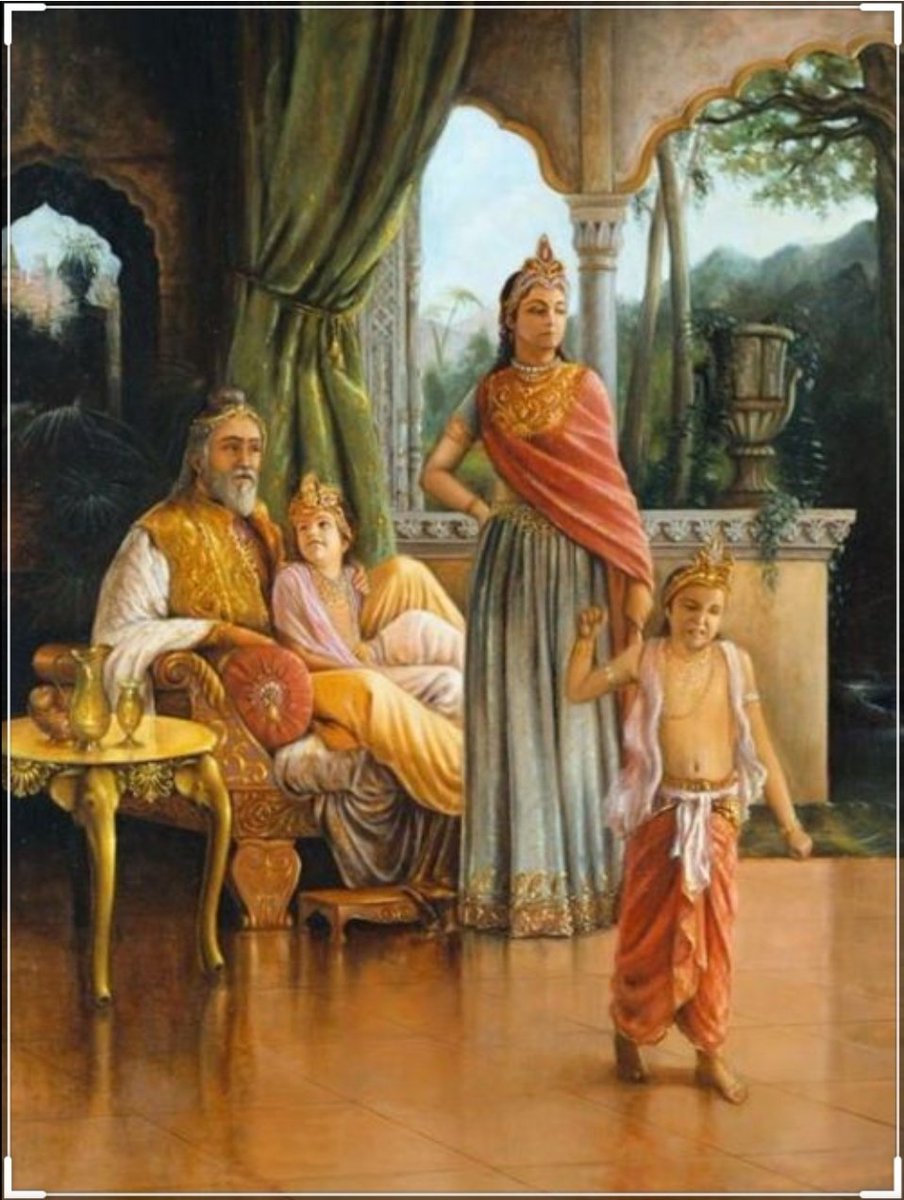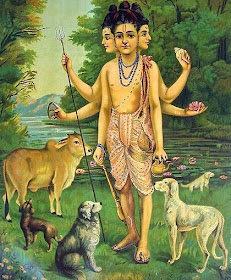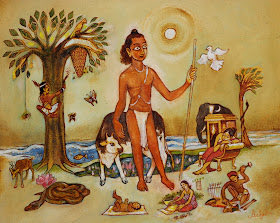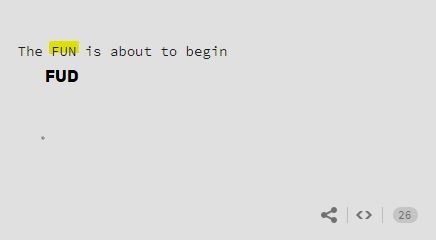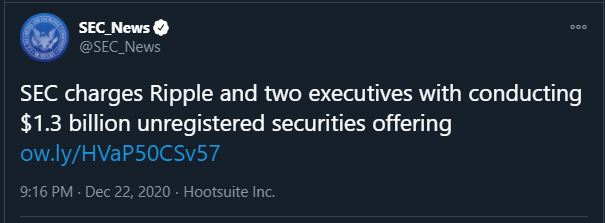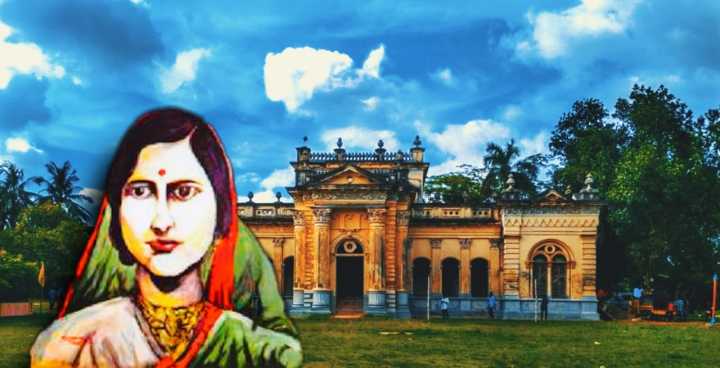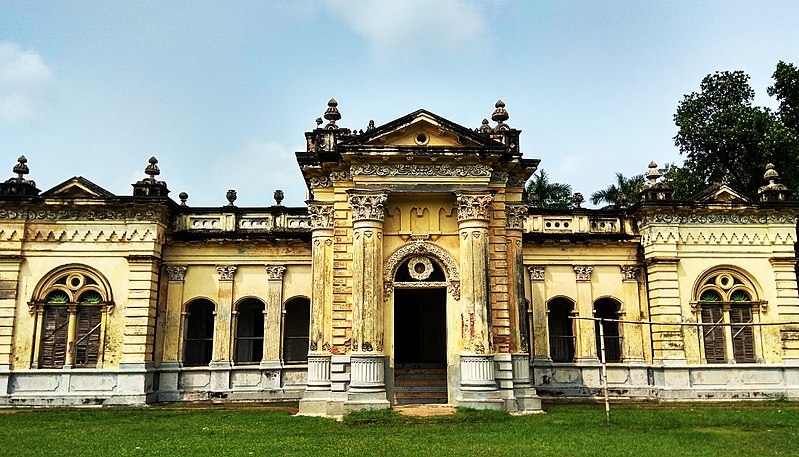Madathipathi of the Kanchi Kamakoti Peetam. He is one of the greatest saints that history has ever witnessed. He is usually referred to as “The Walking God” "Visible God of Kaliyuga" "Incarnation of God" "Embodiment of Love, Peace and Compassion” “Confluence of Dharma" "Destroyer
of all Evils" and “Essence of Knowledge".
Swaminathan (Purvashram name of His Holiness) was born on 20 May 1894, under Anuradha star into a Kannadiga Smartha Hoysala Karnataka family in Viluppuram, South Arcot District, Tamil Nadu. He was the second son of Subramaniya Shastrigal
a District Education Officer. The child was named Swaminathan, after the family deity Lord Swaminatha of Swamimalai, near Kumbakonam. Swaminathan began his early education at the Arcot American Mission High School at Tindivanam, where his father was working. He was an exceptional
student and excelled in several subjects. In 1905, his parents performed his Upanayanam, a Vedic ceremony which qualifies a Brahmin boy to begin his Vedic studies under an accomplished teacher
During the childhood of the Acharya, his father consulted an astrologer, who upon studying the boy’s horoscope, is said to have been so stunned that he prostrated himself before the boy exclaiming that “One day the whole world will fall at his feet.” In 1906, the 66th Acharya of
Sri Kanchi Kamakoti Peetham performed the annual Chaturmasyam (a four month annual ritual performed by Hindu ascetics while remaining in one place), in a village near Tindivanam in Tamil Nadu. This was Swaminathan’s first exposure to the Mutt and its Acharya. Later, Swaminathan
accompanied his father whenever he visited the Mutt where the Acharya was deeply impressed by the young boy. In the first week of February 1907, the Kanchi Kamakoti Mutt had informed Subramanya Sastrigal that Swaminathan’s first cousin (son of his mother’s sister) was to be
crowned as the 67th Peetathipathi. The presiding Acharya was then suffering from smallpox and had the premonition that he might not live long. He had, therefore, administered upadesha to his disciple, Lakshminathan before he died. Shastrigal being away in Trichy on duty arranged
for the departure of Swaminathan with his mother to Kanchipuram. The boy and his mother started for Kalavai (where Lakshminathan was camping) to console his aunt who, while also being a widow, had just given up her only son to be a Sanyasi. They travelled by train to Kanchipuram
and halted at the Sankara Mutt. By then, Lakshminathan had fallen ill. In the words of His Holiness:
“I had a bath at the Kumara Koshta Tirtha. A carriage of the Mutt had come there from Kalavai with the people to buy articles for the Maha Puja on the tenth day of the passing of
the previous 66th Acharya. One of them, a hereditary maistry (mason) of the Mutt, asked me to accompany him. A separate cart was engaged for the rest of the family to follow me. During the journey the maistry hinted to me that I might not return home and that the rest of my life
might be spent in the Mutt itself. At first I thought that my elder cousin having become the Head of the Mutt, it was his wish that I should live with him. But the maistry gradually clarified matters as the cart rolled on. The Acharya had fever which developed into delirium and
that was why I was being separated from the family to be taken to Kalavai. I was stunned by this unexpected turn of events. I lay in a kneeling posture in the cart, shocked as I was, repeating “Rama… Rama,” the only prayer I knew. My mother and other children came some time
later only to find that instead of her mission of consoling her sister, she herself was placed in the state of having to be consoled.”
—T.M.P. Mahadevan, The Sage of Kanchi
The 67th Acharya also died, after reigning for a brief seven days as the head of the Mutt. Swaminathan was
immediately crowned as the 68th head of the Kanchi Kamakoti Peetam on February 13, 1907, the second day of the Tamil month of Masi, Prabhava year. He was given Sanyasa Ashramam at the early age of 13 and was named Chandrasekharendra Saraswathi. On May 9, 1907 his “Pattabishegam”
as the 68th Peetathipathi of Kanchi Kamakoti Peetam was performed at the Kumbakonam Mutt. Devotees including Shivaji Maharaja of Tanjore, government officials and Pundits participated in the event. Even though there was not enough property in the Mutt to be administered, the
court considering the benefit of the Mutt, ordered the Mutt to be administered under the “Guardian and Wards Act”. Sri C.H.Venkataramana Iyer, an illustrious personality from Kolinjivadi (Colinjivadi) village near Coimbatore was appointed as guardian by the court. The
administration of the Mutt was under guardianship from 1911 to May 1915. On the day of Sankara Jayanthi in the year 1915, Swamigal took over the administration of the Mutt on the completion of his 21st year. The administration of the Mutt was taken over in name, but the actual
work was taken care of by an agent, one Sri Pasupathi Iyer. He was an able administrator who volunteered to do the job without compensation and hailed from Thirupathiripuliyur. Swamigal does not sign any document, instead Sri Mukham stamp is placed on documents.
Jagadguru Sri Maha Periyava spent several years in the study of the scriptures and Dharma Shastras and acquainted himself with his role as the Head of the Mutt. He soon gained the reverence and respect of the devotees and people around him. To millions of devotees he was simply
“Periyava” — the revered one or Maha Periyava. “Periyava” in Tamil means a great person, and conveys endearment, reverence, and devotion. “Mahaswami” and “Paramacharya” are his other well-known appellations. Jagadguru Sri Maha Periyava was the head of the Mutt for eighty-seven
years. During this period, the Sri Kanchi Kamakoti Peetam acquired new strength as an institution that propagated Śankara’s teachings. The devotion, fervour, and intensity with which the Paramacharya practiced what Śankara had taught are considered to be unparalleled by his
devotees. Throughout his life, the focus of his concern and activities was rejuvenating Veda Adhyayana, the Dharma Shastras, and the age-old tradition, which had suffered decline. “Veda Rakshanam” was his very life breath, and he referred to this in most of his talks.
Remaining active throughout his life, the Sage of Kanchi twice undertook pilgrimages on foot from Rameshwaram in the far south of the Indian peninsula to Benares in the North spreading the fragrance of Sanatana Dharma and the glory of the Vedas. Providing support through Veda
Patashalas (schools teaching Vedic lore) through the Veda Rakshana Nidhi which he founded and honouring Vedic scholars, he reinvigorated Vedic studies in India. He organised regular Sabhas (conferences) which included discussions on arts and culture - these led to a renewed
interest in Vedic religion, Dharma Shastras, and the Sanskrit language. His long tenure as Peetadhipathi is considered by many to have been the Golden Era of the Kanchi Kamakoti Peetham. He attained Mukti on January 8, 1994 at the age of 100 and was succeeded by H.H.Sri Jayendra
Saraswati. Sri Maha Periyava exuded divinity not only in speech but also in silence, in His radiant vision and in His peaceful smiles. His Grace burns away all sins of people, cleanses the mind of all evil desires and makes it pure, noble and sublime. The Mahan spoke to both the
learned and the ignorant with equal kindness. He advised people to adhere to their respective religions and avoid vacillations. The hallmarks of this great Avatara Purusha were his proverbial Greatness of Humility and Simplicity. Maha Periyava was outstanding both spiritually and
intellectually. He was not only proficient in the Vedas and Shastras but also well versed in many languages. He was verily an abundant source of the spiritual wisdom of India since the beginning of Vedic Dharma. He was adept with regards to knowledge, current affairs and
contemporary men. His extraordinary memory is remarkable. The words that the Jivanmukta spoke in the accent of the Vedic seers was accurate and authentic and made an indelible mark on the minds and hearts of His listeners. On several occasions, the Acharya addressed the common
masses on diverse aspects of our Dharma, ancient culture, and a variety of subjects. The discourses delivered decades ago in Tamil by His Holiness are compiled and published in English and Tamil as “Deivathin Kural” ( The Voice of God) by his disciple R.Ganapathi. It runs into
many volumes covering nearly 10,000 pages! Sri Maha Periyava stressed on the importance of having a Guru in one's life. He reiterated on the importance of the path of Dharma. He was a true Jnani (omniscient). Several devotees have mentioned this in their experiences which vouch
proof for this. Paul Brunton in his famous book titled “A Search in Secret India writes about Sri Maha Periyava,”He is, of all of India’s living holy men, by far the most enlightened”. He treated all religions alike and with respect. He guided the devotees by spiritual means.
Sri Maha Periyava's charm enticed the rich and the poor, the young and the old and people worldwide alike to be his devotees. He was popular with dignitaries such as their highness the King and Queen of Nepal, the Queen Mother of Greece, Dalai Lama, Mahatma Gandhi,
M.S.Subbulakshmi, and several others. To the Acharya, the VIPs and the common man were one and the same. There are thousands of personal experiences of millions of His devotees, who still revere Him and pray to Him as the ultimate Guru and regard him as an incarnation of the God.
Sarvam Sri Krishnarpanam 🙏🏻

